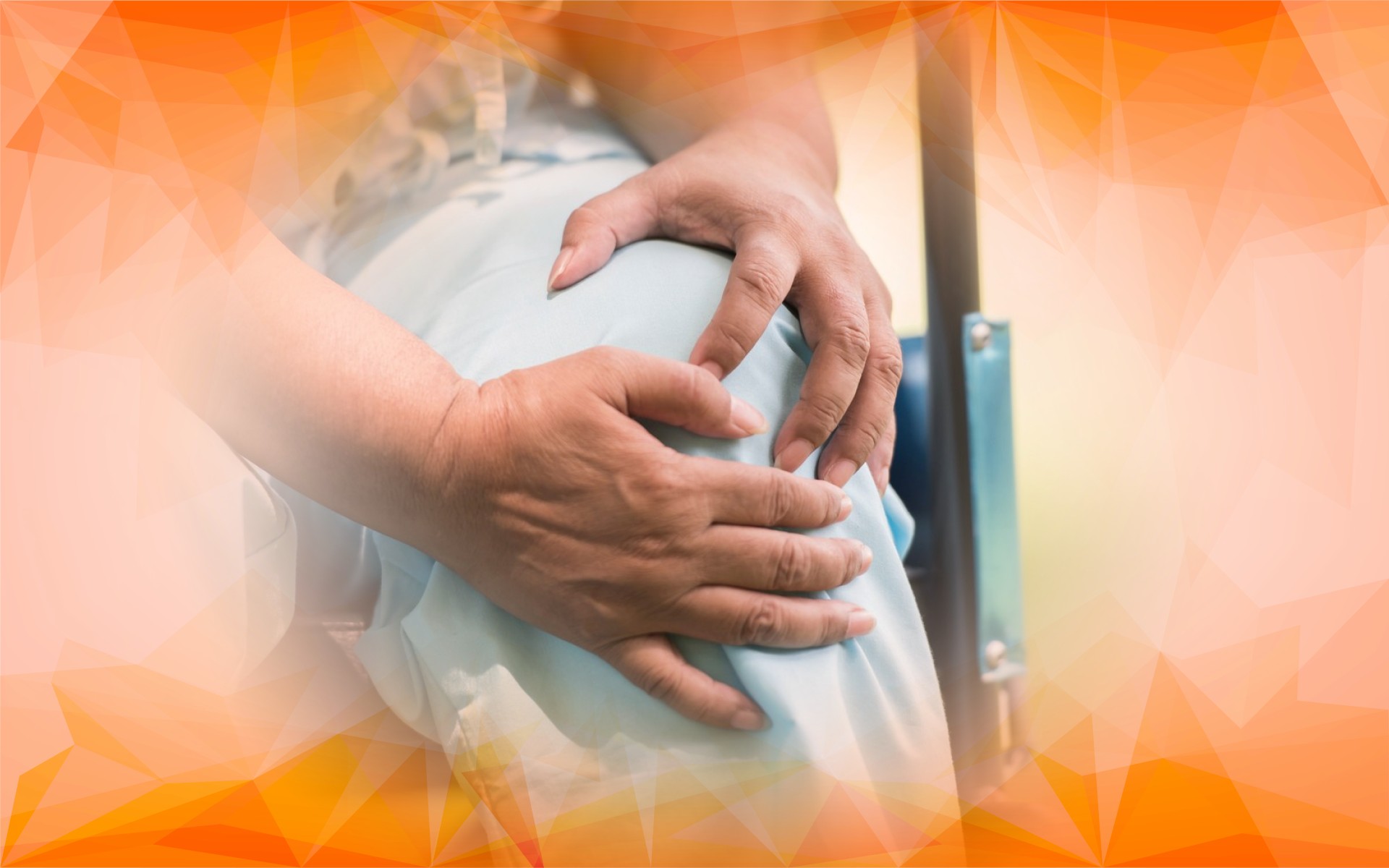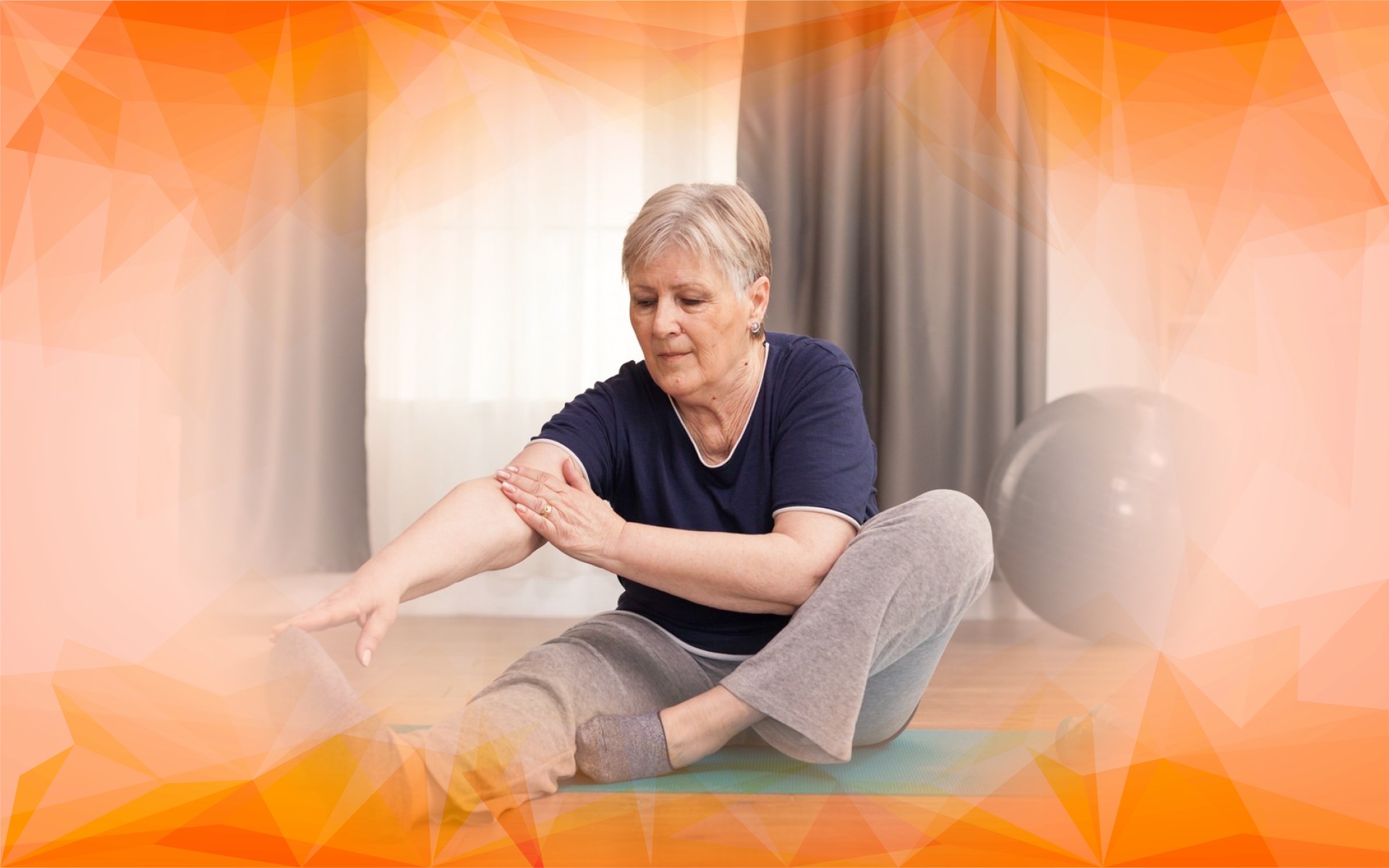Introduction
Unilateral primary osteoarthritis (OA) of the right knee is a common joint condition in which the cartilage in just one knee gradually wears down. Unlike OA that affects both knees, this one-sided variety presents unique challenges in both diagnosis and treatment. Primarily affecting older adults, unilateral OA often leads to persistent pain, stiffness, and difficulty with movement —challenges that can significantly affect daily life. Understanding how this condition develops, what increases risk, and the most up-to-date treatment options is essential to help people stay active and manage symptoms effectively. In this article, we’ll break down the latest insights into unilateral primary OA of the right knee, focusing on new approaches in diagnosis and care—all in clear, straightforward language.
How Osteoarthritis Develops and How It’s Diagnosed
Osteoarthritis occurs when the smooth cartilage that cushions the bones in the knee starts to break down. Over time, this “wear and tear” causes the bones to rub together, resulting in pain and swelling. In unilateral OA, these changes are typically isolated to the right knee . Loss of cartilage and inflammation inside the joint can gradually narrow the joint space and lead to the growth of bony protrusions called osteophytes.
People usually notice pain during activity, stiffness after periods of rest, and a shrinking range of motion in the knee . Diagnosis begins with a physical examination and is supported by imaging tests. Standing X-rays can reveal the hallmark signs of OA: reduced joint space and osteophyte formation. For earlier or subtler changes, magnetic resonance imaging (MRI) can detect cartilage damage and inflammation before they become apparent on X-rays. While some researchers are exploring blood and joint fluid tests to aid diagnosis, these tests are not yet part of standard care. Accurate diagnosis is crucial not only to confirm OA but also to distinguish it from other knee issues and tailor treatment accordingly.
Interestingly, research shows that people with OA in one or both knees often move in very similar ways. A large biomechanical study found no significant differences in walking or movement patterns between those with one-sided and those with two-sided knee OA . This indicates that the physical presentation may be remarkably consistent, which can help streamline clinical assessments.
Current Treatments and New Developments
Treatment for unilateral primary osteoarthritis of the right knee almost always starts conservatively. Physiotherapy is a cornerstone of care, helping to strengthen the muscles around the knee to improve support, stability, and pain. Recent studies have found that plyometric training, which uses dynamic, jumping-style movements, can be especially effective at improving pain, function, and overall knee health by boosting balance, joint awareness, and muscle performance.
Another key to managing OA is maintaining a healthy weight; excess body weight puts added strain on the knee and can worsen symptoms. In fact, research suggests that while obesity is a stronger predictor of OA in both knees , knee injuries are more strongly linked to the development of OA in just one knee.
Pain relief is often provided through medications such as non-steroidal anti-inflammatory drugs (NSAIDs) or steroid injections. In recent years, newer treatments have become available, including injections of hyaluronic acid —which acts as a lubricant in the joint—and biologic therapies designed to target inflammation and slow cartilage loss.
For those who don’t find relief with these methods and whose OA is more advanced, surgical options may be considered. One common procedure is unicompartmental knee replacement, which replaces only the damaged part of the knee, often allowing for a quicker recovery and better preservation of joint function than a total knee replacement.
Exciting advances in imaging technology, such as high-resolution ultrasound and improved MRI techniques, now allow for earlier and more detailed detection of joint changes. This means doctors can offer more personalized and effective treatment plans.
Notably, the similarities in movement and lower body mechanics between those with one-sided and two-sided knee OA mean that therapies and rehabilitation techniques developed for general knee OA are often appropriate and effective for both groups.
Understanding the Risk Factors
A range of factors can make someone more likely to develop unilateral primary osteoarthritis of the right knee. Age is the most significant risk factor—the condition becomes much more common after age 50. Genetics can also play a significant role, making some people more prone to cartilage degeneration.
Mechanical factors are especially important when only one knee is affected. Previous injuries (such as ligament tears), subtle differences in leg alignment, or favoring one side during daily activities—often the right leg—can all increase the likelihood of wearing out that joint. Research has shown that, unlike bilateral OA, unilateral OA is more closely linked to a history of knee injury .
Another emerging idea is that some of the ways our bodies adapt to OA might be driven by system-wide changes, not just by problems in a single knee. This suggests that overall body mechanics could influence the development and progression of OA.
Other lifestyle factors, such as obesity , repetitive or physically demanding work, and a generally low level of activity, can further increase risk.
Understanding these risk factors can help doctors predict how the condition might progress and what prevention or treatment strategies could be most effective. For instance, weight loss and activity modification can reduce stress on the knee and potentially slow disease progression. Early intervention is most beneficial for those at higher risk, and it may even help delay or avoid surgery.
Conclusion and Looking Ahead
Unilateral primary osteoarthritis of the right knee is a complex but manageable condition. Thanks to advances in imaging and therapeutic options, healthcare providers have more tools than ever to diagnose and treat it effectively. Challenges remain—especially when it comes to distinguishing OA from other knee issues and personalizing treatment plans—but the outlook is increasingly positive.
Specialized exercise programs, such as plyometric training, have demonstrated even greater improvements in pain and function than conventional therapy alone, underlining the value of tailored rehabilitation .
Knowing and addressing the risk factors for knee OA are key to maintaining mobility and a good quality of life. Future research is focused on improving diagnosis, developing treatments that actually slow down or reverse joint damage, and personalizing rehabilitation programs for each patient.
By combining state-of-the-art science with patient-centered care, we can empower those living with unilateral primary osteoarthritis of the right knee to manage their symptoms and maintain an active, fulfilling lifestyle.
References
Davis, M. A., Ettinger, W. H., Neuhaus, J., Cho, S. A., & Hauck, W. W. (1989). The association of knee injury and obesity with unilateral and bilateral osteoarthritis of the knee. American Journal of Epidemiology, 130(2), 278-288. https://doi.org/10.1093/oxfordjournals.aje.a115334
Messier, S. P., Beavers, D. P., Herman, C., Hunter, D. J., & DeVita, P. (2016). Are unilateral and bilateral knee osteoarthritis patients unique subsets of knee osteoarthritis? A biomechanical perspective. Osteoarthritis and Cartilage, 24(5), 807-813. https://doi.org/10.1016/j.joca.2015.12.005
Prasanna, K. R. (2025). Effect of plyometric training in unilateral knee osteoarthritis. Fiz Pol, 25(3), 100-103.
Frequently Asked Questions
Unilateral primary osteoarthritis of the right knee is where cartilage wears down in just one knee, rather than both. It mainly affects older adults, resulting in pain, stiffness, and limited movement, which can interfere with daily life. AMSK Clinic specialises in diagnosing and treating this specific form of knee OA.
Diagnosis at AMSK Clinic starts with a thorough physical examination, followed by advanced imaging such as standing X-rays and MRI scans, enabling detection of cartilage damage and inflammation early. Our expertise ensures accurate assessment, helping to distinguish OA from other knee issues for a more personalised treatment plan.
AMSK Clinic offers tailored physiotherapy, including advanced plyometric exercise programmes shown to improve pain and knee function. Our team also advises on weight management, activity modifications, and supports pain relief with appropriate medications, ensuring a comprehensive approach geared towards maintaining mobility and long-term joint health.
AMSK Clinic provides cutting-edge options such as hyaluronic acid injections for joint lubrication, leading biologic therapies, and Arthrosamid® injections. These treatments aim to alleviate symptoms and support knee health. Our use of state-of-the-art imaging technologies ensures that care can be personalised for every patient’s unique needs.
AMSK Clinic combines advanced diagnostic techniques, experienced clinicians, and innovative treatments, positioning us as a leader in joint care. Our focus on personalised, evidence-based therapies and rehabilitation supports patients at every stage, promoting optimal outcomes for those suffering from unilateral primary osteoarthritis of the right knee.




